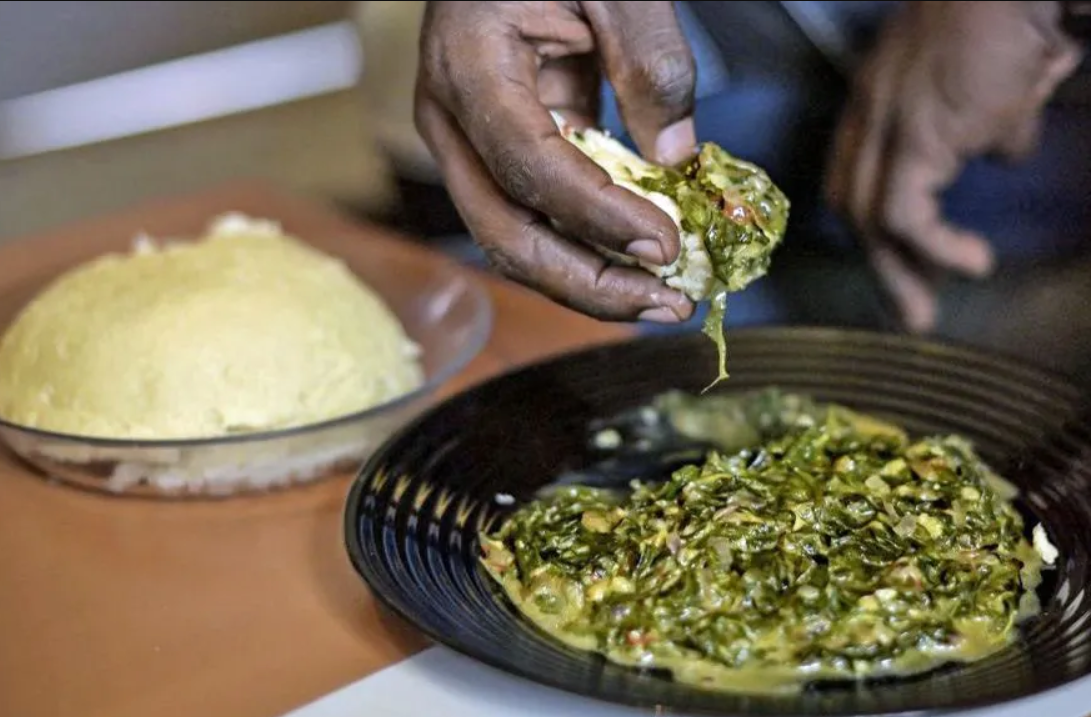The recent increase in aflatoxin contamination in Zambia has caused great alarm because maize, the main crop grown in the country, is heavily contaminated. Concerns about possible dangers to human health have been heightened by reports of 400 canine deaths in the last month, all as a result of eating maize infected with aflatoxins. In light of this concerning news, the Zambian government is acting swiftly to protect the country’s food supply and forestall any additional damage.
Flavonoids: An Unseen Danger in Our Food Chains
Some fungal species, like Aspergillus, create aflatoxins, which are poisonous chemicals that flourish in damp, warm environments. Toxins like this are extremely dangerous for people’s and animals’ health. Much of the population in Zambia relies on maize as a staple diet, however, there are serious concerns about the safety of this crop due to aflatoxin contamination.
The results of an examination into the maize supply were recently disclosed by Elijah Muchima, Zambia’s Minister of Health. Nearly half of the 25 samples collected from milling companies contained aflatoxins at levels that were considered harmful. In light of the fact that maize constitutes almost 60% of the daily caloric intake in Zambia, these findings are quite worrisome.
Concerns for the Welfare of Both Animals and People
Dozens of dogs’ deaths from eating tainted maize-based dog chow were the first warning signals of the epidemic. Because of this, the authorities broadened their probe to include human-grade maize meal. There may be serious dangers even if no human deaths have been associated with the tainted corn. In humans, aflatoxins have been found to cause liver cancer, especially when taken in large quantities over an extended period of time, according to the World Health Organization (WHO).
As of right now, researchers from Zambia’s National Public Health Institute are trying to figure out how widespread the tainted maize is. People are quite worried about the situation and are wondering if the food they eat every day is safe.
Industry and Government Reaction
Authorities in Zambia have begun recalling “affected batches” of maize meal in reaction to the escalating situation. Companies that were involved in the distribution of tainted products have also been sent with seizure notices. The public is already worried enough without hearing which firms and which brands are involved.
Farmfeed had already recalled its products in response to allegations of aflatoxin toxicity in pets, even before the government stepped in. The only food sources that were affected were those for pets; human food supplies were not.
Representing milling enterprises nationwide, the Millers Association of Zambia has pledged to address the matter and guarantee public safety. This is the first reported case of such high aflatoxin levels in Zambia, according to the association’s president Andrew Chintala, and the sector is ramping up its testing and monitoring to stop any additional contamination.
Future of Agriculture in the Face of Climate Change
Recent climate problems in Zambia are a contributing factor to the increase in aflatoxin contamination in the country. Drought has been a major problem in Zambia and the rest of southern Africa, leading to an increase of aflatoxin-producing fungus. With an estimated one million subsistence farmers hit hard by the drought, maize output has dropped significantly, leading to critically low supplies.
Because of the favorable conditions for fungal development and the heightened susceptibility of the food supply chain, climate change has thus been a key factor in the present catastrophe. Consequently, aflatoxins in maize have escalated to a major public health concern, one that could affect people for years to come.
Anger from the Public and the Importance of Openness
Many Zambians are calling for more government transparency after learning that aflatoxins were found in the country’s corn supply. Worried Zambians have taken to social media in an effort to get the identities of the impacted maize meal brands revealed. Sunday Chanda, a lawmaker from the opposition, openly bemoaned the poisoned maize meal that killed six of his dogs, demonstrating how pervasive the problem is.
There is an increasing chorus of voices demanding that the government be more transparent and educate the people on the subject of food safety. Concerns about the possible nationwide spread of tainted maize have been heightened by the lack of transparency.
Next Steps: Enhancing Food Safety Procedures
It is critical that Zambia improves its food safety procedures to avoid a similar disaster in the future. Aflatoxin testing in animal feed and human food items has to be expanded in both breadth and frequency. The government’s nationwide monitoring efforts are commendable, but we need more extensive plans to tackle the sources of contamination, like improper storage and poorly managed agricultural conditions that promote fungus development.
Furthermore, it is critical to educate the people about the hazards of aflatoxin exposure and the significance of handling and storing food properly through public awareness programs. A more robust food system that safeguards the health of humans and animals can be constructed in Zambia through the dissemination of information to the general public.
In summary
An example of how vulnerable the world’s food supply system is, especially in areas hit hard by climate change, is the aflatoxin contamination situation in Zambia. We need long-term measures to make sure these kinds of tragedies don’t happen again, even though we’re focusing on reducing the current threat. Government officials, business leaders, and citizens must work together to protect Zambians’ food supply and well-being as the country faces this difficult time.


















